How to buy good gardening tools – expert tips to find tools that last a lifetime
I've tested dozens of gardening tools – here's how to buy the best gardening kit that won't need replacing
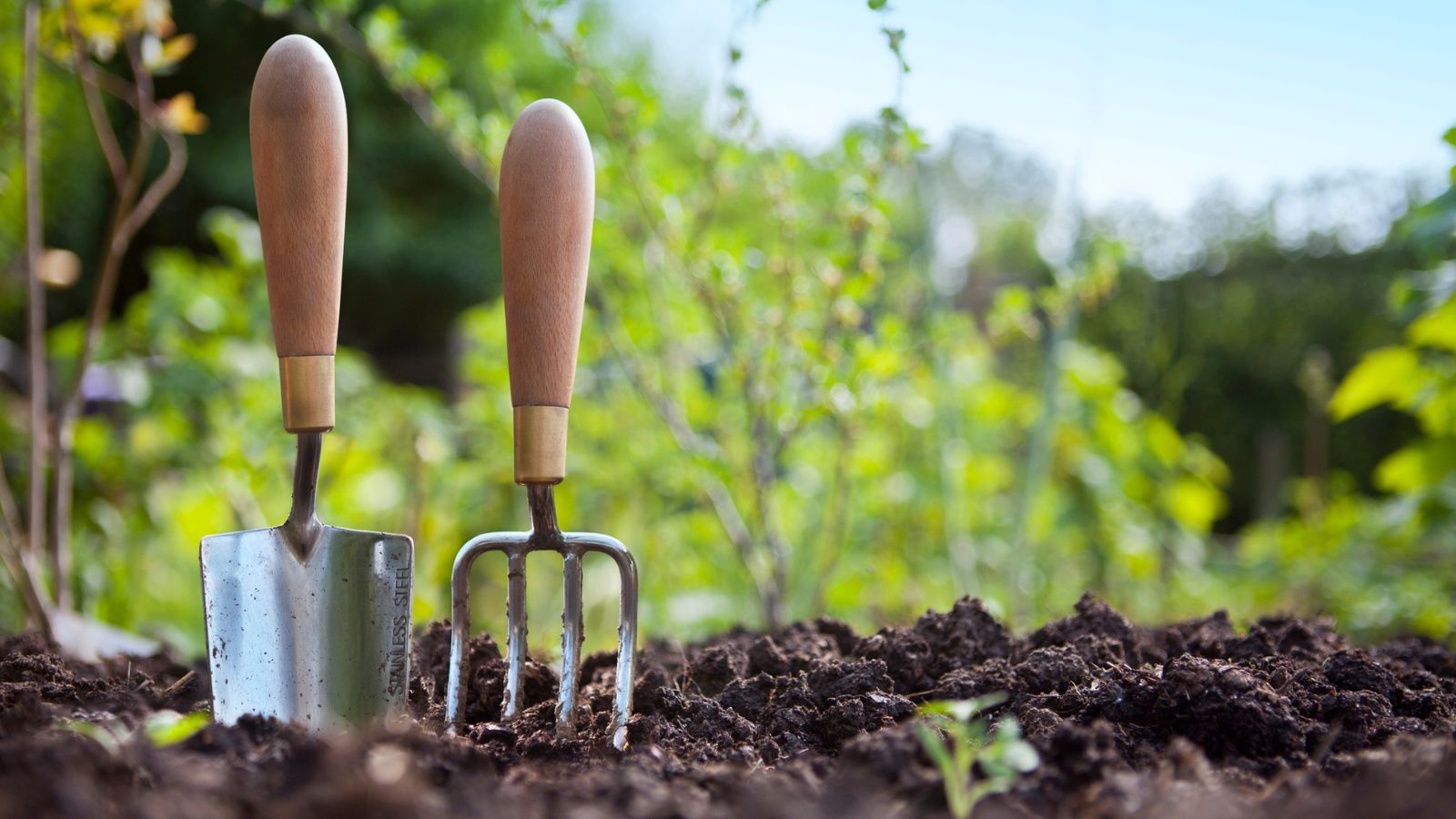

There are few things as frustrating as inefficient garden tools. A bad tool can derail a day's gardening, breaking off mid-dig and throwing your growing schedule out of whack. Worst of all, it's a waste of money.
I've tested dozens of gardening hand tools over the years, everything from cheap plastic bargain bin trowels to fancy shovels that cost hundreds of dollars.
This is everything you need to look out for when buying garden tools. Following these tips can save you a lot of money - and find you tools that last for a lifetime.
1. Know your metals
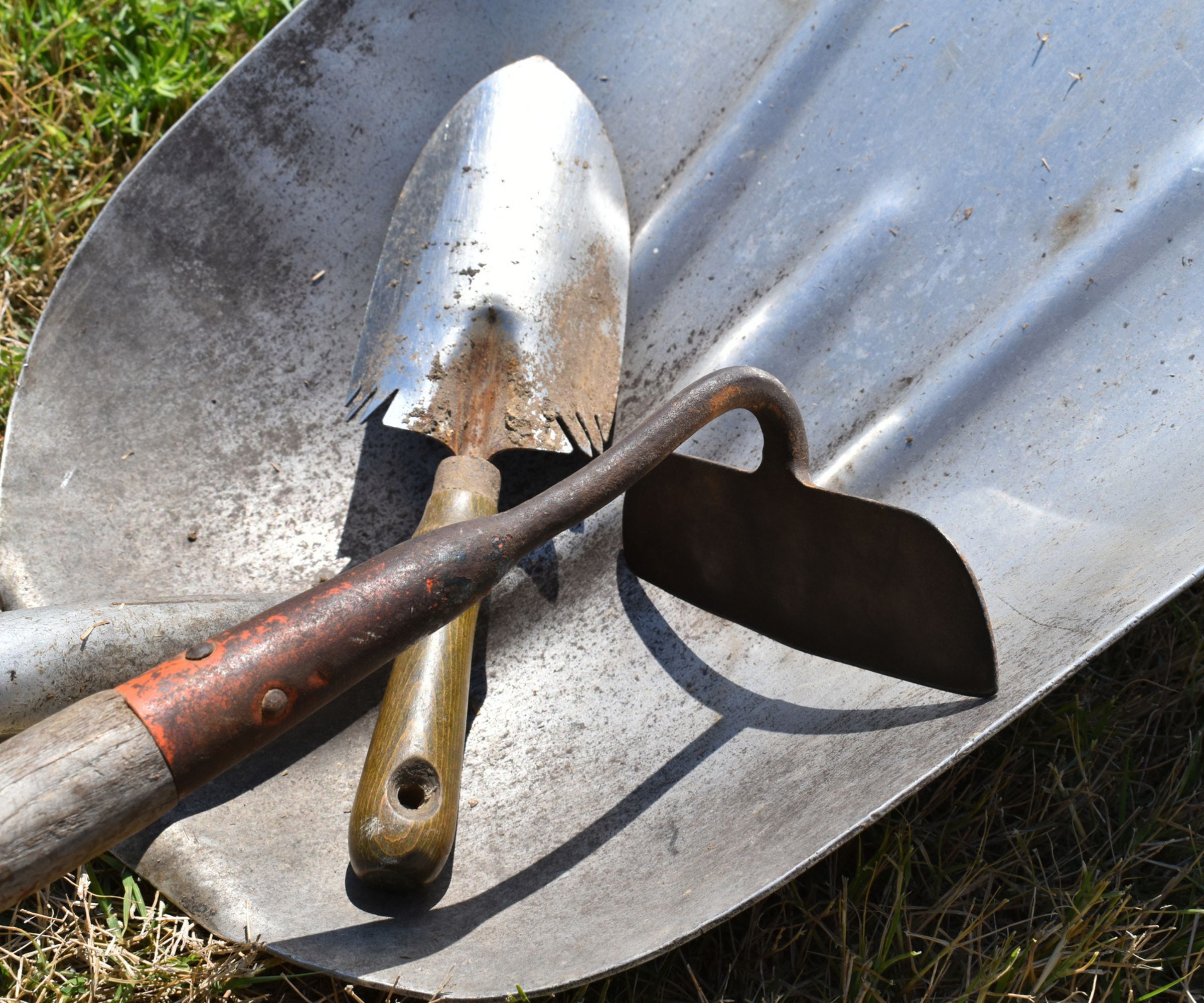
The business end of the best hand tools should be made of metal. This metal is almost always steel, and almost always one of two types of steel: stainless steel or carbon steel.
The two different types of steel have different qualities. Stainless steel does not rust, so it's a good choice for garden tools like trowels that dig into wet soil or might be left out in the rain. Carbon steel rusts, so if you know you're likely to leave your tools out by accident, don't have time to oil them, or keep them somewhere with moist air like a greenhouse, stainless steel tools might be best.
Carbon steel, on the other hand, is not rustproof. However, the payoff here is that it's much stronger and more durable than stainless steel, and it's also cheaper to manufacture, so you can save a lot of money by buying carbon steel tools.
If you're buying tools in a store, it's easy to tell the difference between the two types of steel. Carbon steel garden tools are almost always powder-coated with black thermoplastic. This helps to delay the inevitable rust. In short, if the metal on the tool is silver, it's probably stainless steel; if it's black or gray, it's probably carbon steel.
The trade-off is up to you to decide. If you want something easy to maintain, opt for stainless steel; for something cheaper, and stronger, but harder to maintain, go for carbon steel.
2. Know your wood – and avoid plastic
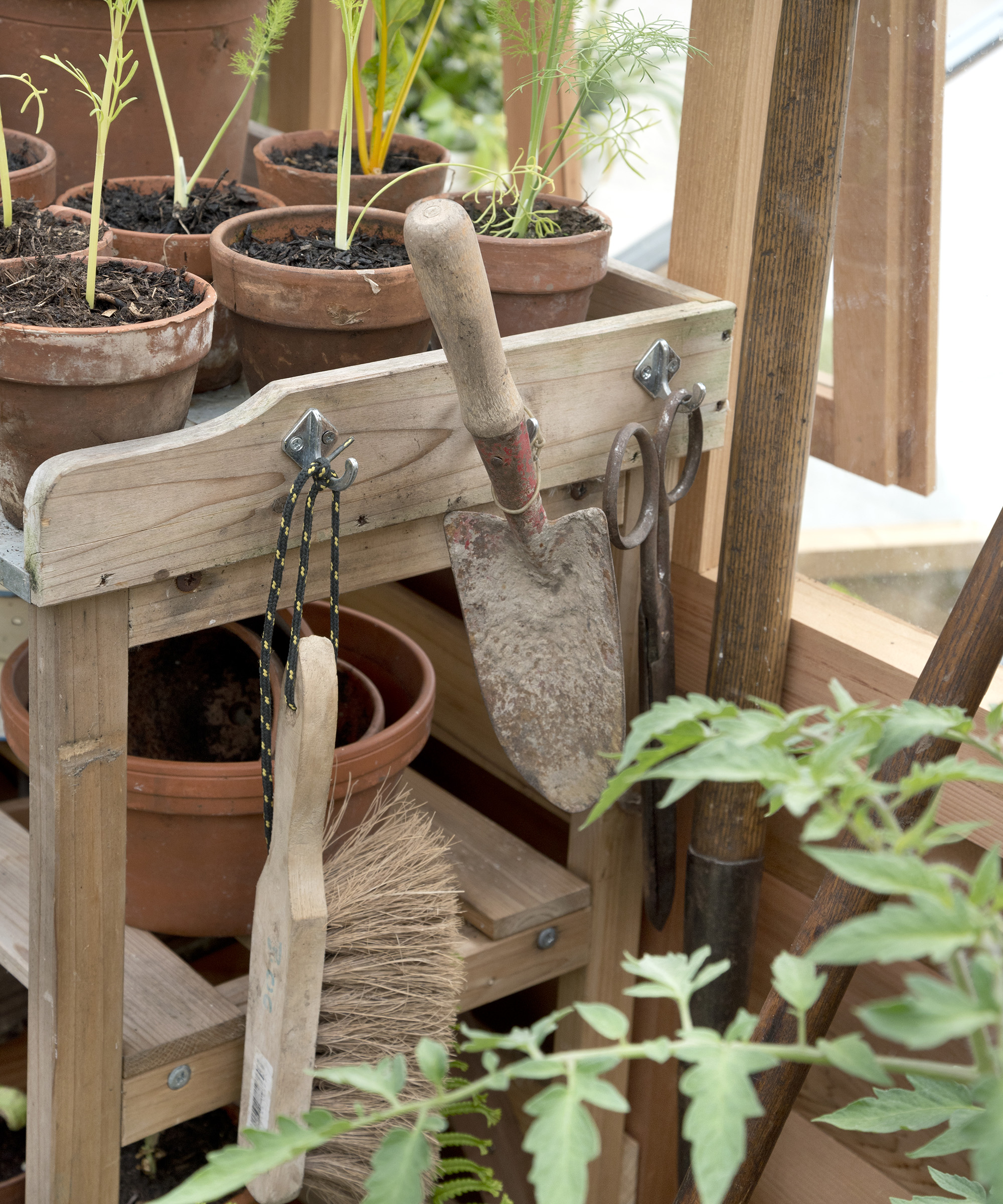
When buying garden tools, there are two main wood species to look out for in handles - hickory and ash. Hickory and ash are strong but slightly flexible, which is great when digging, turning, or hoeing, as the wood flexes slightly with the weight of the soil.
They're relatively lightweight for their strength, and ash is particularly easy to sand, which makes maintenance much easier and ensures that the handle is comfortable. Ash and hickory handles are common and should be easy to find.
It's not a huge problem but avoid walnut handles. Walnut tools look great, but over years and decades walnut can be damaged by water, and it isn't very rot-resistant. Hand tools are usually kept in humid places like greenhouses, so walnut will likely warp over time.
3. Avoid plastic tools
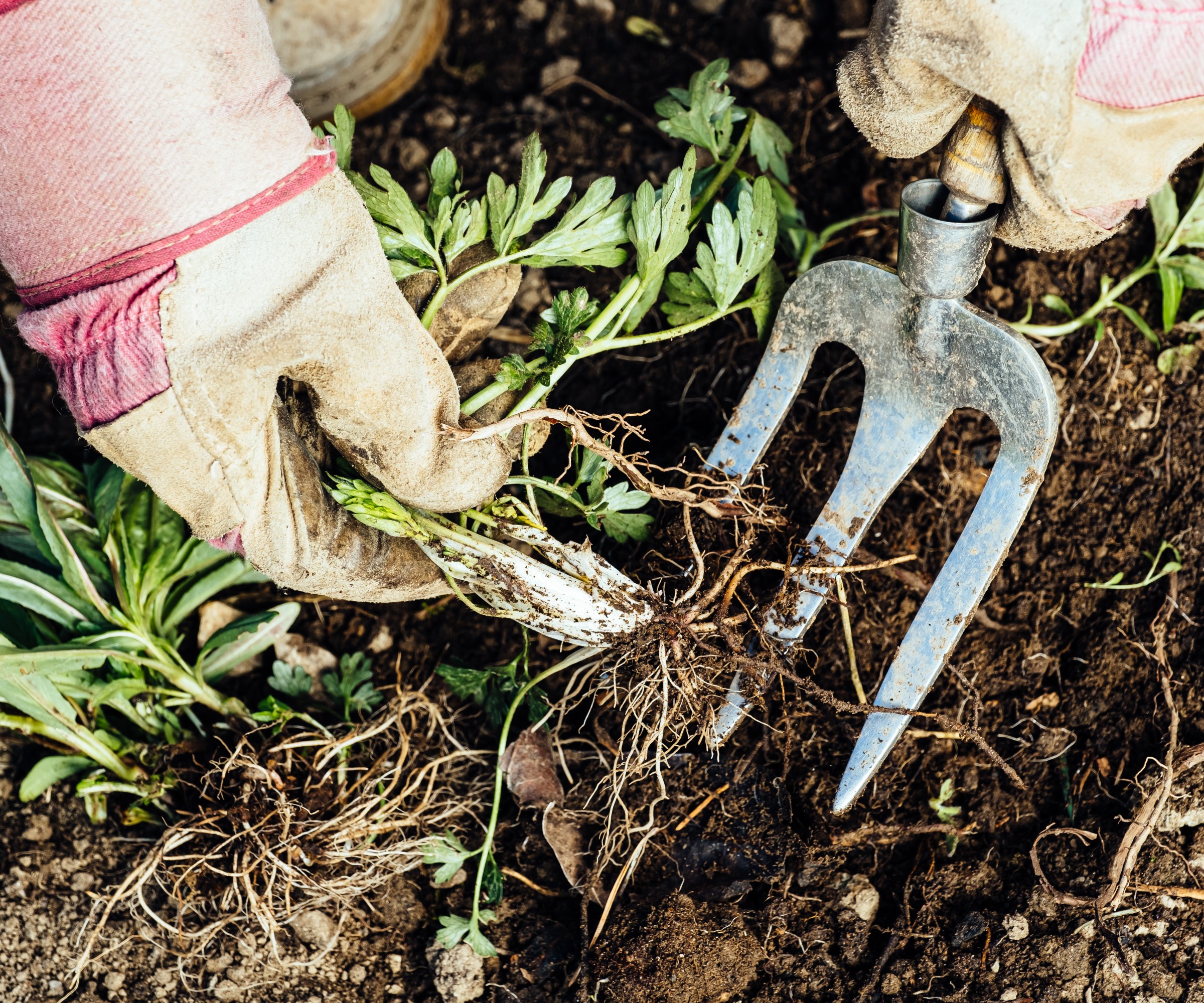
Above all, avoid plastic tools. Plastic tools are cheap and easily snap. Worse than that, they're an environmental hazard. H&G gardening writer Drew Swainston says 'Plastic tools leach microplastics into your soil, which can make its way into your plants. That's generally bad for plant health, but it is especially concerning if you grow fruits and vegetables because you can end up consuming these microplastics too.'
It's also hard to mend plastic tools. Wood handles are great because you can buy - or make - replacement handles. Many plastic tools are molded as a single piece of plastic, and where they use metal elements, are glued in. If a plastic tool cracks or snaps, it often leaves behind shards of plastic which prevent you from replacing the handle.

Drew qualified as a journalist and wrote for many websites and publications, before studying for a horticulture qualification. He worked as a professional gardener for several years, specializing in kitchen gardening. He's now bringing his expertise and passion to Homes & Gardens.
4. Look for multiple functions
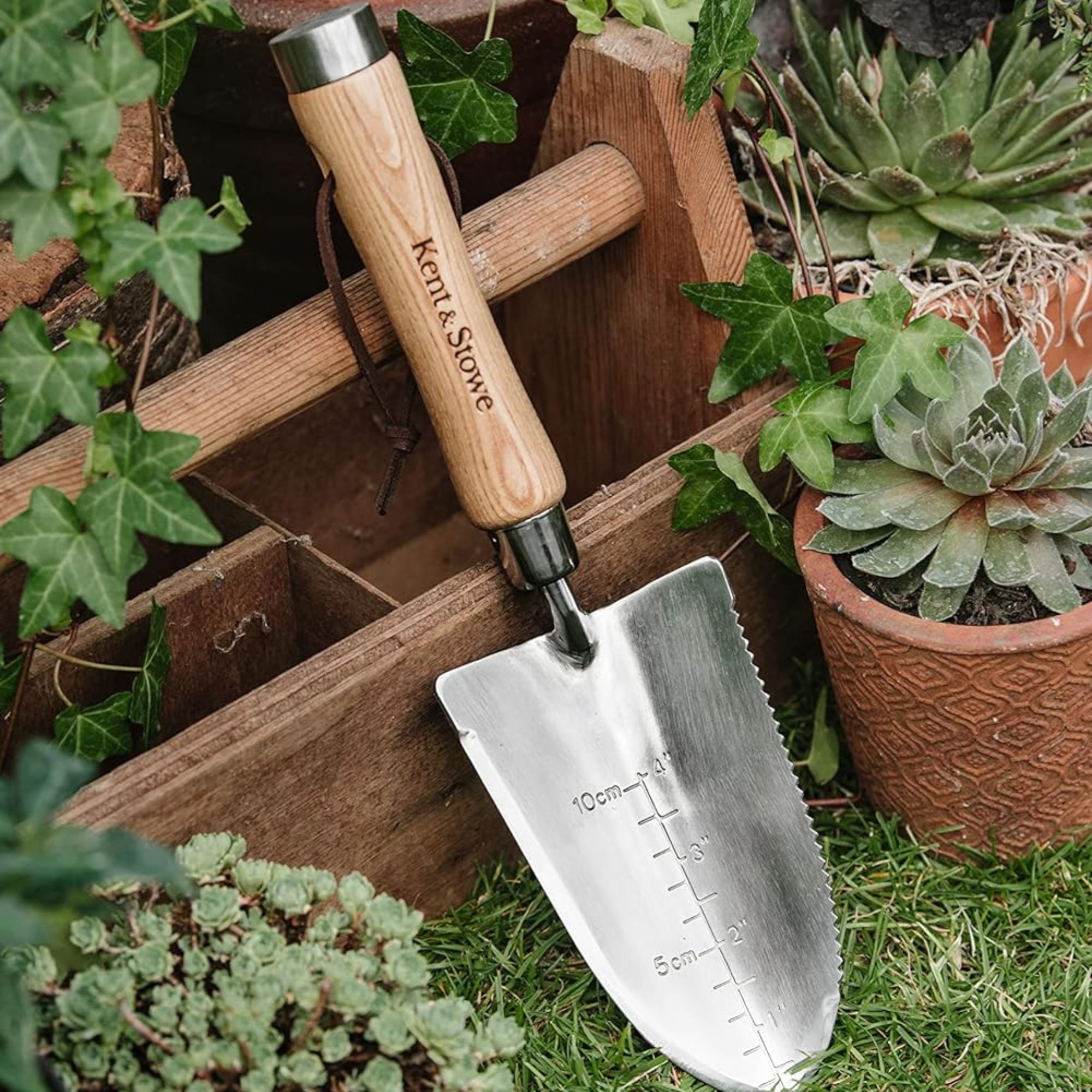
Good tools are expensive, and they take up a lot of room. If you can, buy tools that have multiple functions so that you aren't buying lots of different tools for different tasks.
My favorite example of this is my favorite trowel I've ever tested, the Capability Trowel, available on Amazon. It's a great trowel in its own right, but it's also packed with extra features to save money and space. It has a serrated edge for cutting into bags of soil or through roots, a depth gauge to help you plant seeds and bulbs at the correct height, and a small steel hammer on the handle to help you hammer in small stakes for climbers. It's a helpful multitool combining lots of tasks into one, saving a lot of money and storage on extra tools.
4. Look for repairability
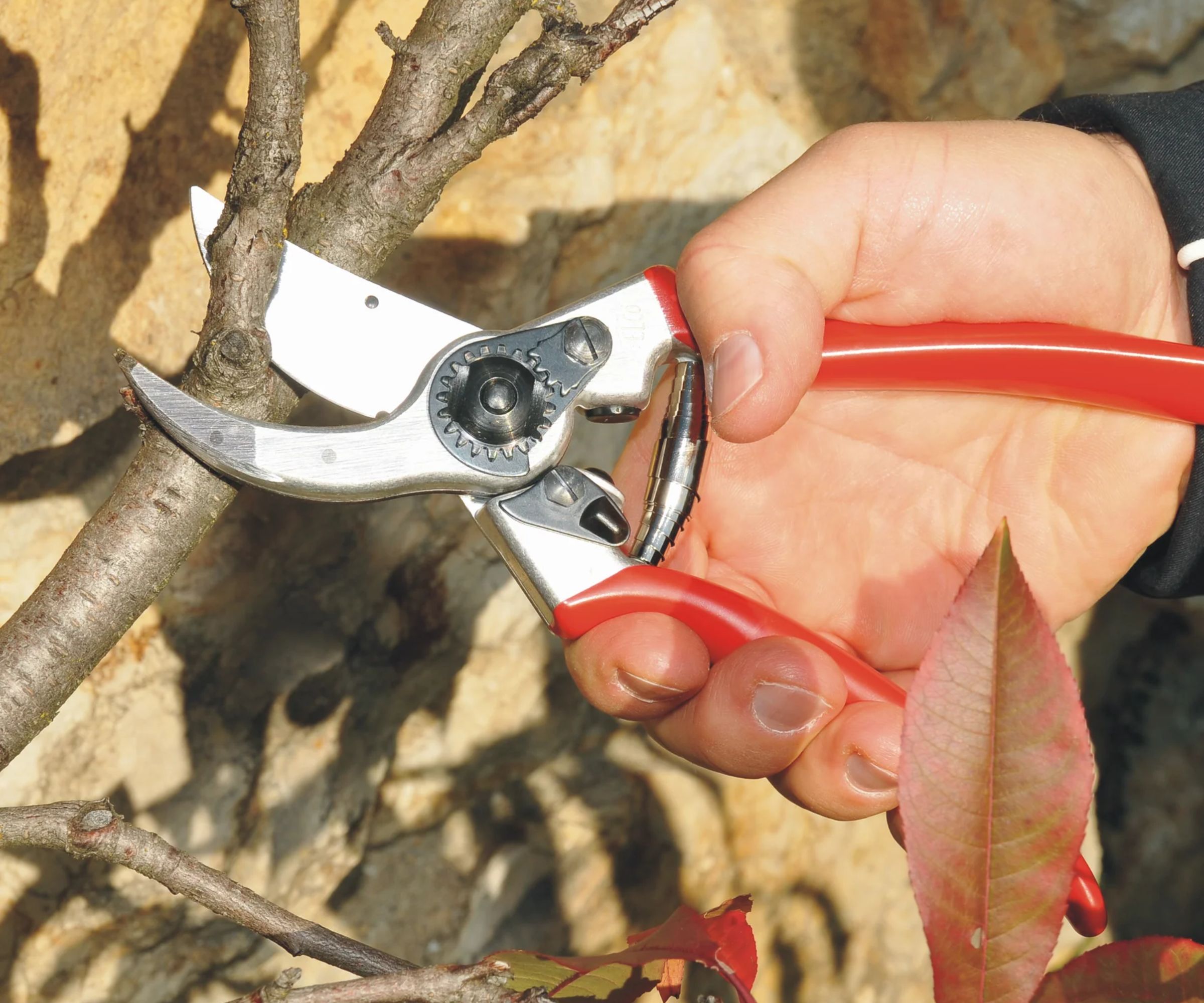
The right to repair is a movement that seeks to restore the right to repair products. Years ago, most products could be fixed at home with spare parts and a little DIY. These days, with so many goods imported, and so few parts for sale in hardware stores, this is harder than ever.
That's why you should buy tools that offer spare parts and encourage you to fix the tool rather than buy an entirely new tool. This usually means shopping away from big retailers and shopping directly from the manufacturer. This means you can always find the parts you need to keep your tools maintained and working.
The best pruners I've tested, the Felco No.2, available from Amazon, are not only comfortable, hardwearing, and give a good cut, but every part can be replaced. If you ever break any part of them - pop a spring, chip a blade, scuff the handles - you can buy a replacement to make them as good as new.
5. Find a good warranty

The very best tools have remarkable warranties. Cheap, mass-produced plastic tools will have warranties of at best five years, if any warranty at all. This means you have a broken tool that won't be replaced.
Instead, strong, long-lasting tools from reputable toolmakers like DeWit and Sneeboer have 50-year or even lifetime guarantees. They cost a lot more upfront, but you'll save money over the course of your life because you won't buy the same tool several times.
There are hidden knacks to finding good garden equipment. We've also covered how to find good solar lights, pruners, and lawnmowers in our series of expert guides.
Sign up to the Homes & Gardens newsletter
Design expertise in your inbox – from inspiring decorating ideas and beautiful celebrity homes to practical gardening advice and shopping round-ups.

As a gardens and lifestyle contributor, Alex makes sure readers find the right information to help them make the best purchase. Alex got his start in reviewing at the iconic Good Housekeeping Institute, testing a wide range of household products and appliances. He then moved to BBC Gardeners’ World Magazine, assessing gardening tools, machinery, and wildlife products.
-
 How to clean a patio – 6 different methods, and when you must use a chemical cleaning agent
How to clean a patio – 6 different methods, and when you must use a chemical cleaning agentFrom manual scrubbing, natural solutions or calling in the pros, industry experts reveal the benefits and considerations of each method
By Andy van Terheyden Published
-
 Kris Jenner's favorite air fryer, the Ninja Crispi, is the perfect small kitchen solution – it deserves a place on the most compact of countertops
Kris Jenner's favorite air fryer, the Ninja Crispi, is the perfect small kitchen solution – it deserves a place on the most compact of countertopsKris approves of this compact yet powerful air fryer, and so do our own kitchen appliance experts, praising it for its multifunctionality
By Hannah Ziegler Published